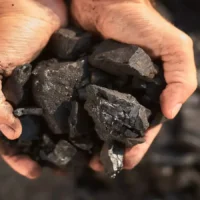China and India, the world’s top thermal coal importers, are shifting away from Indonesian coal in favor of higher-calorific value grades from alternative sources. The drop in global coal prices has made these energy-dense options more cost-effective, despite their higher upfront price. According to industry experts, one million tons of high-grade coal can now replace up to 1.5 million tons of Indonesian coal due to better energy output. As a result, Indonesia once the dominant exporter has seen its shipments to China and India decline faster than the overall reduction in coal imports by both nations.

Mongolia and South Africa have emerged as major beneficiaries of this shift. Chinese imports from Mongolia and Indian imports from South Africa have reached record highs in early 2025. Additionally, Russia’s discounted coal has undercut Indonesia in the Chinese market, while Indian traders have diversified toward higher-quality coal from Kazakhstan, Colombia, Mozambique, and even Tanzania, a newcomer to global coal exports since 2022. Meanwhile, Australian coal—especially favored by Chinese buyers—has gained traction, even as its prices continue to decline faster than Indonesia’s benchmark rates.
In response to declining exports, Indonesian coal miners are turning inward to meet rising domestic demand. Local consumption, particularly from nickel smelters, is expected to rise 3% this year, pushing domestic usage to its highest share of national coal output in a decade nearly 49%. These smelters offer more favorable prices compared to government-capped rates for power utilities or export markets like China. As Ombilin Energi’s Ramli Ahmad notes, “the smelter industry is the brightest spot,” providing stronger returns than traditional buyers.













